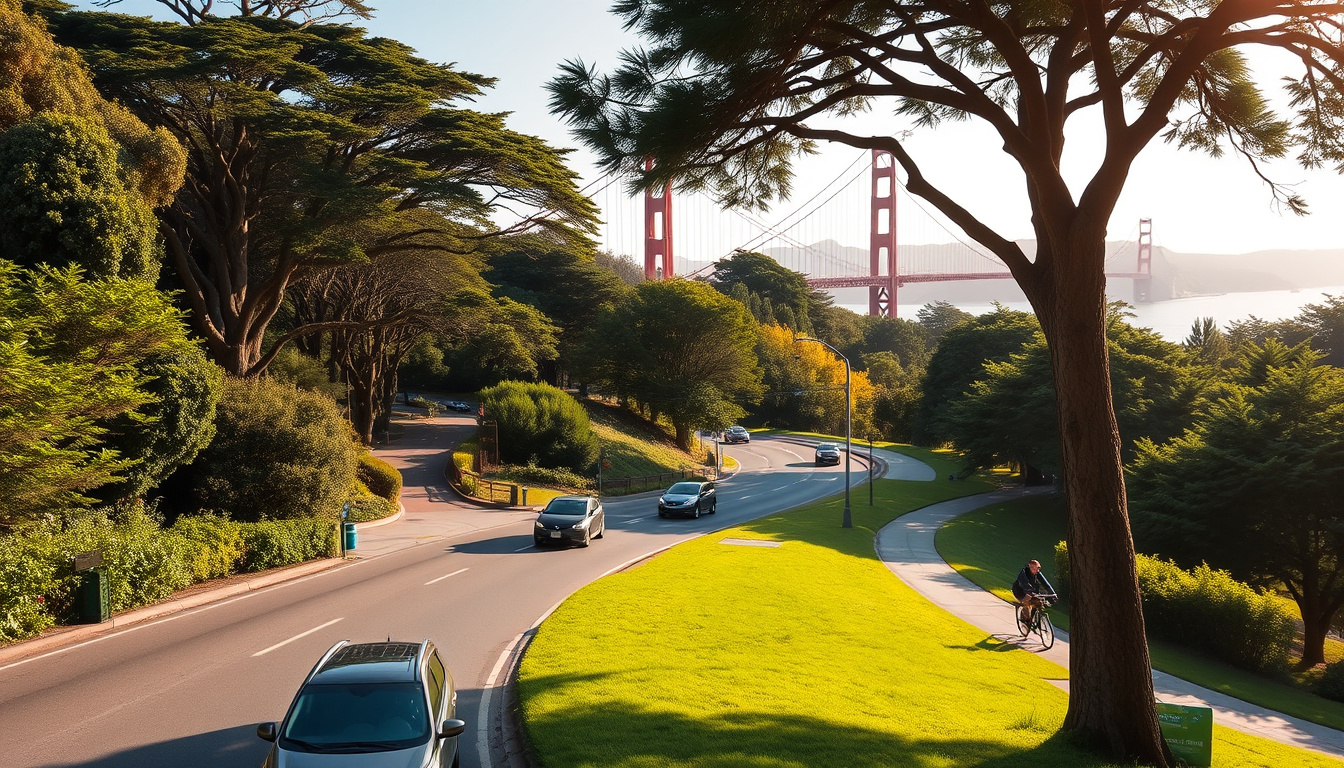Golden Gate Park, one of San Francisco’s most cherished green spaces, has long been a sanctuary for residents and visitors alike.
However, as the city continues to grow and attract larger crowds, the impact of increased traffic in and around the park has become a significant concern.
From environmental implications to accessibility challenges, this article explores the consequences of escalating traffic in Golden Gate Park and suggests potential solutions to safeguard its beauty and usability for future generations.

Key Takeaways
- Golden Gate Park is facing significant traffic challenges due to increased visitor numbers.
- The growing congestion is negatively impacting both the environment and visitor experience in the park.
- Potential solutions to alleviate traffic issues include improved public transportation and infrastructure changes.
The Impact of Increased Traffic on Golden Gate Park
As one of San Francisco’s most iconic cultural landmarks, Golden Gate Park hosts an array of live concerts and events throughout the year, drawing large crowds and generating significant excitement.
However, with increased attendance comes the challenge of managing traffic and ensuring the overall accessibility of this expansive green space.
When popular concerts take place, the influx of concert-goers can lead to congestion in surrounding areas, bringing about concerns for both local residents and visitors.
The San Francisco Examiner highlights the need for efficient traffic management strategies that can accommodate the throngs of attendees while maintaining a pleasant experience for everyone.
City officials and event organizers must work collaboratively to implement measures such as improved public transit options, designated parking zones, and even traffic rerouting, to ensure that the charm of the park remains undisturbed amidst the vibrant atmosphere of live music events.
When executed effectively, these strategies not only enhance safety but also contribute to a memorable experience for concert enthusiasts, allowing them to fully immerse themselves in the delight of live performances under the natural beauty of Golden Gate Park.
Potential Solutions to Mitigate Traffic Issues
As live concert events continue to draw large audiences, venues like Golden Gate Park become focal points for traffic congestion and related disruptions.
To effectively mitigate these traffic issues during high-attendance performances, several potential solutions can be implemented.
First, enhanced public transportation options can encourage attendees to use buses, trains, or shuttles, thereby reducing the number of vehicles on the road.
Additionally, concert organizers could establish designated drop-off and pick-up zones, which would streamline traffic flow and lessen the congestion around entry points.
Another effective strategy includes staggering concert start times, allowing for a more gradual influx of attendees rather than a mass arrival.
Furthermore, real-time traffic updates via mobile apps and signage can inform drivers of congested areas, guiding them to alternative routes.
Finally, collaboration with local law enforcement and traffic management services can ensure that there are adequate personnel to direct traffic and maintain safety.
By integrating these strategies, cities can significantly alleviate the traffic challenges associated with live events, ultimately enhancing the experience for concert-goers.

